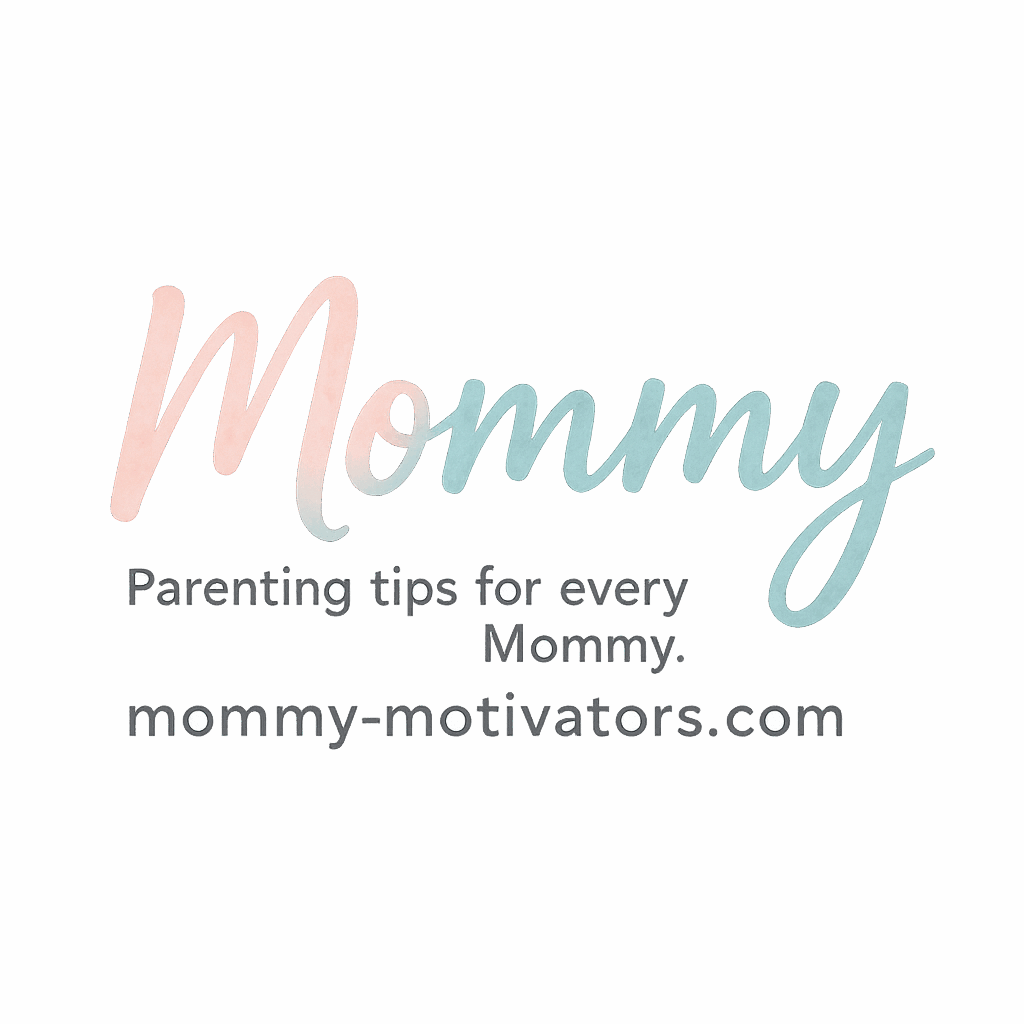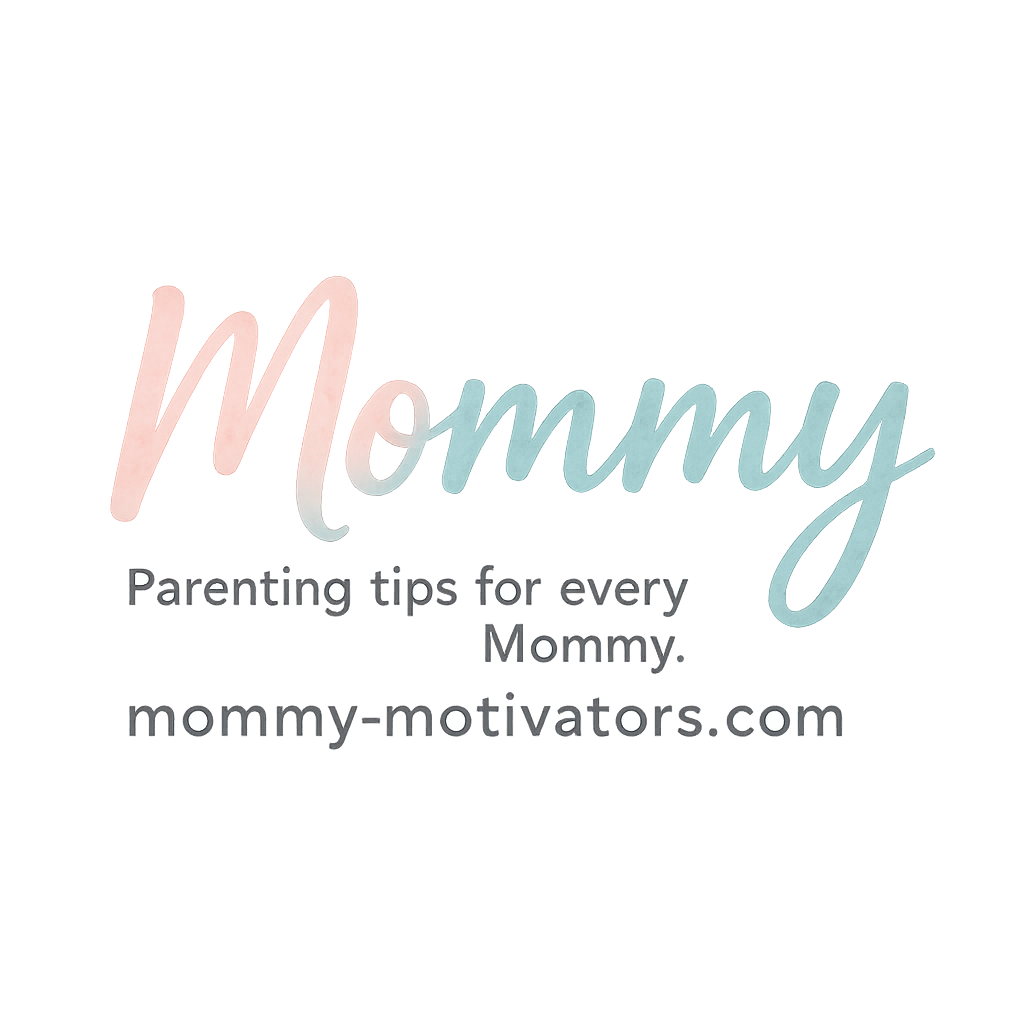Setting boundaries with children is often seen as a task for adults, but what if we told you that involving your kids in the process makes it way more effective? Yep, when your little ones help set the rules, they’re more likely to follow them. Plus, it builds trust, promotes responsibility, and strengthens the parent-child bond. So let’s dive into 5 meaningful, practical, and even fun ways mommies can get their kids involved in setting boundaries at home.
Why Setting Boundaries Is Crucial for Kids
Boundaries aren’t about control — they’re about safety, clarity, and love. When children know what’s expected of them, they feel secure. And when they’re part of the process? They feel empowered.
The Role of Boundaries in Emotional Development
Boundaries teach kids how to respect others and themselves. They learn emotional intelligence, self-control, and how to navigate relationships. It’s not just about rules; it’s about emotional development — a lifelong skill every child needs.
Check out more tips on this topic at Emotional Development.
What Happens When Boundaries Are Missing
Without boundaries, children may struggle with impulse control, develop behavioral issues, or face stress from unpredictability. Consistency is key, but involving them in setting those boundaries? Game-changer.
How Involving Kids in Boundary-Setting Builds Trust
Letting your child participate in setting boundaries shows that their opinions matter. It sends the message: “We’re a team. I believe in you.” This approach leads to more cooperation and less resistance. It’s a parenting win-win.
Want to dive deeper into positive discipline? Visit Discipline & Behavior Tips.

1. Talk About Rules Like a Team
Use Storytelling to Explain Boundaries
Kids love stories, right? Use them! Turn everyday situations into short stories that reflect common household rules. Maybe it’s the tale of “Super Sibling Sammy” who learns why hitting isn’t okay. These metaphors make tough topics relatable.
Encourage Questions and Ideas
Let your kids ask, “Why can’t I stay up late?” Instead of shutting it down, explain the importance of rest. Better yet, ask them: “What do you think is a good bedtime?” This opens the door to negotiation and responsibility.
Link to Real-Life Examples
You can say, “Remember when you were super tired at school? That’s why bedtime helps.” Make it personal. When they connect the rule to real-life consequences, it clicks.
Explore more parenting insights at Parenting Tag.
2. Let Them Help Create House Rules
Making Rule-Making a Family Activity
Gather everyone — even the toddler! — and hold a family meeting. Ask, “What rules do we need to help our family feel safe and happy?” Write everything down. You might be surprised by their ideas!
Writing Down and Displaying Rules
Once you’ve agreed on the rules, write or draw them out and post them on the fridge. Kids are visual learners, and a list they helped create will remind them of the shared agreement.
Using Visuals for Younger Kids
For non-readers, use pictures or stickers. Maybe a sun means “morning routine,” or a bed icon represents bedtime. Need help with routines? Visit Daily Routines & Habits.
3. Use Role Play to Practice Scenarios
Acting Out Situations for Better Understanding
Pretend play isn’t just fun — it’s a powerful teaching tool. Act out situations like what to do when someone takes their toy or how to ask for space.
Teaching Respectful Communication Through Play
Use puppets or dolls to model respectful language. “Please stop, I don’t like that,” sounds way better when Elmo says it. You’ll be surprised how fast they pick it up.
This is especially helpful for Reluctant Readers, as they engage in learning through action.
4. Encourage Responsibility With Gentle Consequences
Allow Natural Consequences to Teach Lessons
If your child forgets their homework, let them face the result. You’re not being mean — you’re helping them connect action and outcome.
Discuss What Happens When Boundaries Are Crossed
Ask questions like, “What do you think should happen if someone breaks a rule?” Often, kids suggest consequences more serious than you’d consider! Use this to talk about fairness and responsibility.
Explore more on Consequences and how they can be both firm and kind.
5. Reflect and Adjust Boundaries Together
Holding Weekly Family Check-Ins
Make “Sunday Check-In” a thing. Talk about what’s working, what isn’t, and update rules if needed. Kids feel respected when you involve them, and it helps you stay on the same page.
Modeling Flexibility and Growth
Show your child that rules aren’t written in stone. Maybe a new baby arrives or school starts earlier. Adjust as needed and let your kids see how flexible and understanding parenting can be.
Check out Multiple Kids Parenting Tips if you’re juggling more than one set of needs!
Tips for Keeping Boundaries Consistent and Loving
Avoid Harsh Punishments and Stay Calm
Discipline doesn’t mean punishment. It means teaching. Yelling often makes kids defensive; staying calm helps them actually hear what you’re saying.
Balance Structure With Empathy
If your child breaks a rule, try saying, “I know it’s hard to share sometimes. Let’s try again together.” Being firm with love teaches more than fear ever could.
Need more on staying calm and sane? See Mommy Self-Care & Mental Health.
Final Thoughts on Empowering Kids Through Boundaries
Involving your child in setting boundaries isn’t just a technique — it’s a mindset. It transforms discipline into dialogue, obedience into ownership, and rules into relationships. You’re not just raising kids — you’re raising future adults who respect themselves and others.
So next time you’re tempted to lay down the law solo, pause and invite your little one into the conversation. You’ll both grow from it.
Looking for even more parenting wisdom? Explore Mommy Motivators — your go-to hub for new mommy basics, growth, and all things motherhood.
FAQs
1. What’s the best age to start setting boundaries with kids?
Start as early as toddlerhood. Even 2-year-olds can understand simple rules like “no hitting” or “we clean up our toys.”
2. How can I involve toddlers in setting boundaries?
Use visuals, choices, and simple language. For example: “Do you want to wash hands before or after brushing teeth?”
3. What do I do when my child refuses to follow boundaries?
Stay consistent, remain calm, and involve them in problem-solving. Ask what would help them follow the rule better next time.
4. How do I stay consistent with multiple kids?
Use a shared rule chart, hold family meetings, and adjust based on age and ability. Visit multiple kids tag for more tips.
5. Can boundaries be fun to talk about?
Absolutely! Use games, songs, or stories. When learning is playful, it sticks better.
6. What if my partner sets different boundaries?
Have a private discussion to align your parenting approach. Present a united front, but respect each other’s perspectives.
7. How often should family boundaries be reviewed?
Every few months or after big changes like starting school, moving, or adding a sibling. It keeps everyone in the loop.


